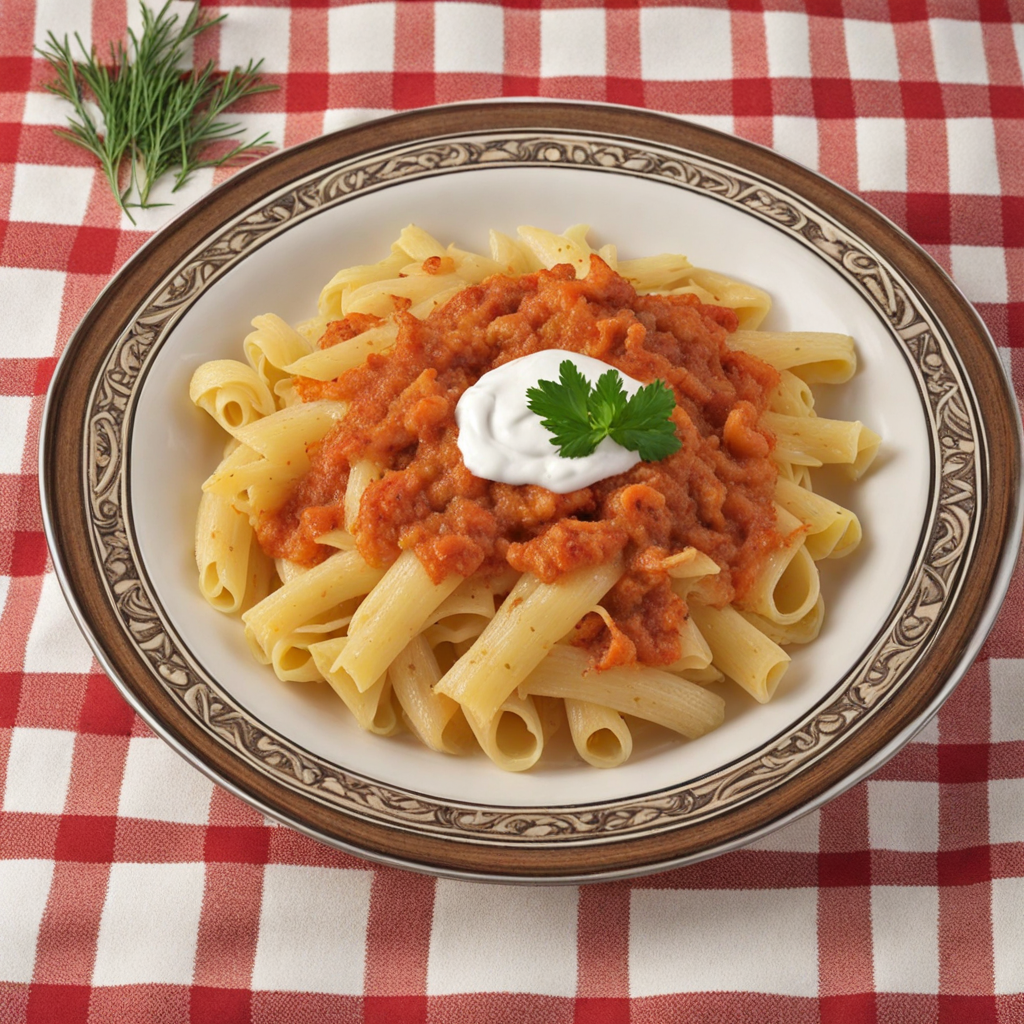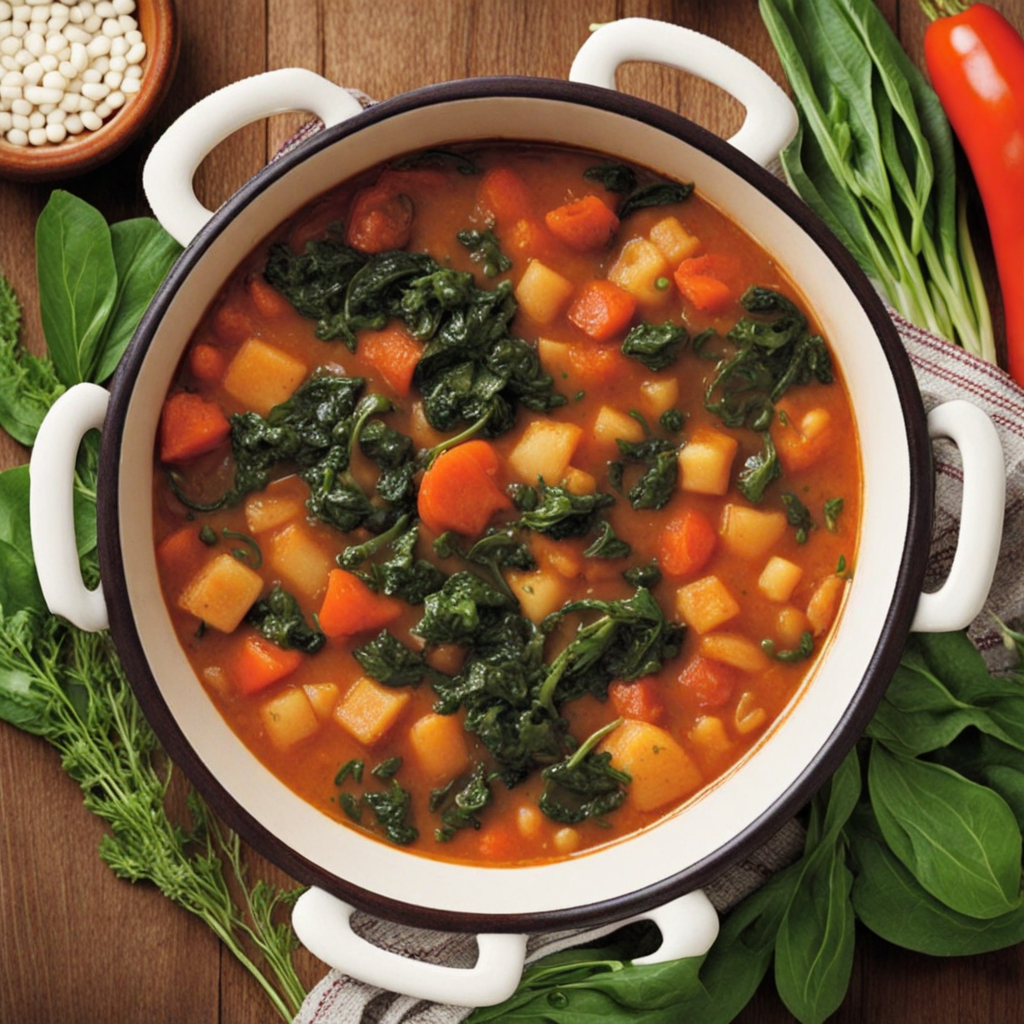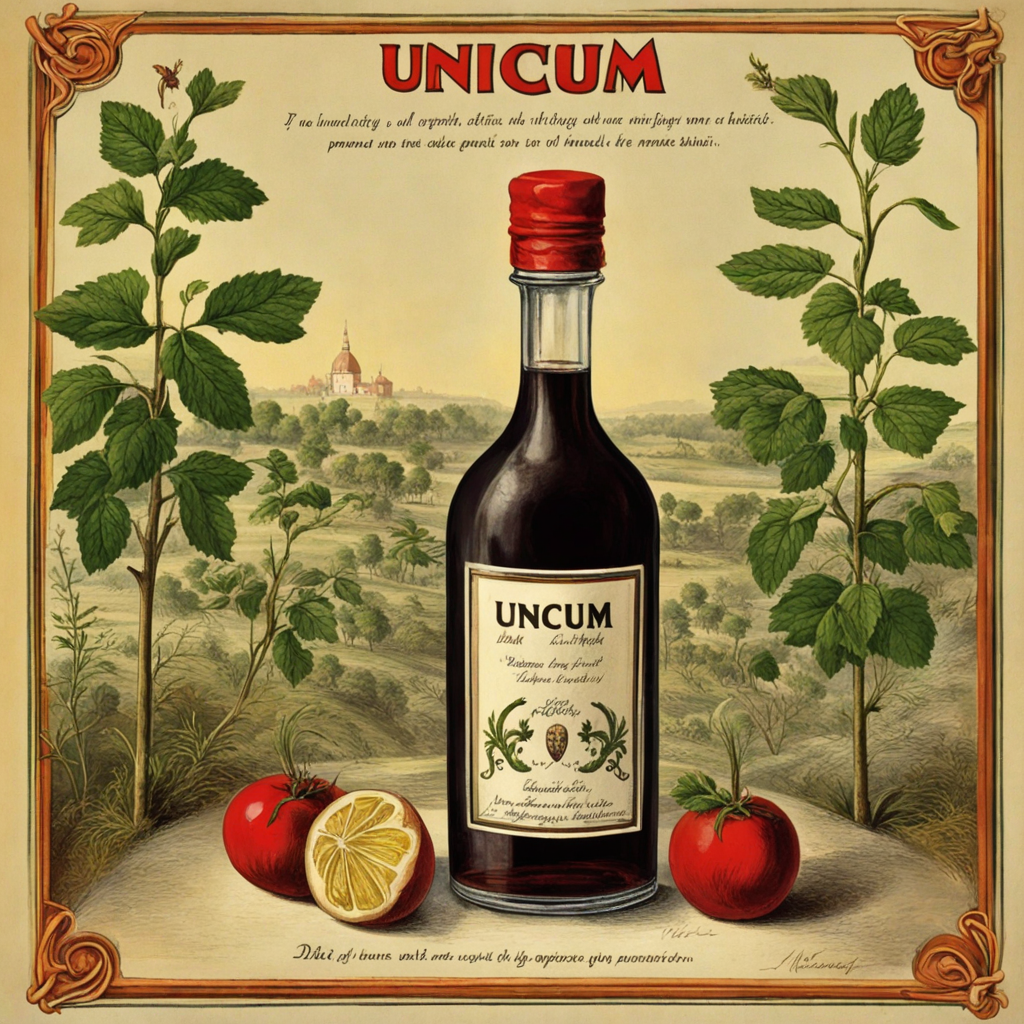Krumplis Tészta
Krumplis Tészta is a delightful Hungarian dish that showcases the comforting combination of potatoes and pasta, creating a unique culinary experience. At its core, this dish features soft, tender pasta intertwined with a flavorful potato filling. The dough is made from simple ingredients like flour, water, and eggs, which are rolled out and filled with a seasoned mixture of mashed potatoes, often enhanced with onion, paprika, and sometimes cheese or bacon for an extra layer of flavor. The result is a hearty, satisfying meal that evokes the warmth of home-cooked comfort food.
How It Became This Dish
Krumplis Tészta: A Journey Through Hungarian Culinary Tradition Krumplis tészta, a beloved dish from Hungary, is a delightful representation of the country’s rich culinary tapestry. This simple yet satisfying potato noodle dish is not just a meal; it embodies the history, culture, and resourcefulness of the Hungarian people. To truly appreciate krumplis tészta, we must delve into its origins, cultural significance, and its evolution through the ages. #### Origins of Krumplis Tészta The roots of krumplis tészta can be traced back to the peasant cuisine of Hungary, where food was dictated by the seasons and the availability of ingredients. The term "krumpli" refers to potatoes in Hungarian, and "tészta" denotes a type of dough or pasta. Potatoes were introduced to Hungary in the late 18th century, following their arrival in Europe from the Americas. Initially met with skepticism, the tuber soon became a staple food for the lower classes, as it was affordable, nutritious, and easy to grow. The combination of potatoes and flour to create noodles is a reflection of the broader European culinary tradition of using available crops to create filling meals. Krumplis tészta, in its simplest form, consists of a basic dough made from flour, eggs, and mashed potatoes, rolled out and cut into strips or shapes, then boiled and served with various toppings. #### Cultural Significance Krumplis tészta is more than just a dish; it is a testament to the communal and familial ties that are central to Hungarian culture. Traditionally prepared in homes, especially during colder months, this dish is often associated with gatherings and celebrations where families come together to share a meal. It is particularly popular during Lent and other fasting periods when meat is less frequently consumed. For many Hungarians, krumplis tészta evokes nostalgia, as it is often prepared using cherished family recipes passed down through generations. This dish is emblematic of the Hungarian spirit—resourceful, hearty, and deeply connected to the land. It represents a connection to rural life and the agrarian roots of the nation, highlighting how humble ingredients can be transformed into something comforting and delicious. #### Development Through Time Over the years, the preparation and presentation of krumplis tészta have evolved, adapting to the changing tastes and lifestyles of Hungarians. While the core components remain the same, variations have emerged based on regional differences and personal preferences. In the early 20th century, as urbanization began to reshape Hungarian society, the dish started to appear in restaurants and cafes, transitioning from a home-cooked meal to a more commercially available option. Chefs began experimenting with the dish, introducing new flavors and accompaniments. One popular variation is to serve krumplis tészta with a topping of sautéed onions, crispy bacon, or even cottage cheese, enhancing the dish's richness and flavor profile. The post-World War II era saw a shift in food availability and preparation methods. With the rise of communism and the subsequent emphasis on food production and self-sufficiency, krumplis tészta became emblematic of the resilience of the Hungarian people. Recipes were adapted to use fewer ingredients, ensuring that families could still enjoy this comforting dish during times of scarcity. In contemporary Hungary, krumplis tészta continues to hold a special place in the hearts of many. It is often featured in culinary festivals and is a staple in traditional Hungarian restaurants. Chefs today pay homage to this classic dish while also incorporating modern techniques and innovative ingredients, ensuring its relevance in the evolving landscape of Hungarian cuisine. #### Modern Interpretations and Global Influence As globalization has intertwined cultures and cuisines, krumplis tészta has also found its way beyond Hungary's borders. Hungarian communities around the world, particularly in the United States and Canada, have embraced this dish, often serving it at cultural gatherings and events. The dish serves as a culinary ambassador, introducing non-Hungarians to the flavors and traditions of Hungarian cooking. In recent years, there has been a resurgence of interest in traditional Hungarian dishes, spurred by the farm-to-table movement and a desire for authenticity in food experiences. This has led to a revival of classic recipes, with chefs exploring the historical contexts of dishes like krumplis tészta and presenting them in new and exciting ways. Social media platforms have also played a crucial role in popularizing krumplis tészta among younger generations, with food bloggers and influencers sharing their takes on the dish, often incorporating contemporary ingredients or unique twists while maintaining the essence of the original recipe. #### Conclusion: A Culinary Legacy Krumplis tészta stands as a symbol of Hungary’s culinary heritage—a dish born from humble beginnings, yet rich in flavor and cultural significance. Its evolution reflects the changing tides of Hungarian society, encapsulating the struggles and triumphs of its people. Today, as families gather around the table to enjoy krumplis tészta, they are not just sharing a meal; they are sharing stories, memories, and a deep connection to their heritage. As we continue to explore the world of food history, krumplis tészta remains a poignant reminder of the power of food to unite, nourish, and tell the stories of our past and present. This delightful dish, with its comforting taste and rich history, will undoubtedly continue to be cherished by generations to come, ensuring that the legacy of krumplis tészta endures in the hearts and kitchens of Hungary and beyond.
You may like
Discover local flavors from Hungary







